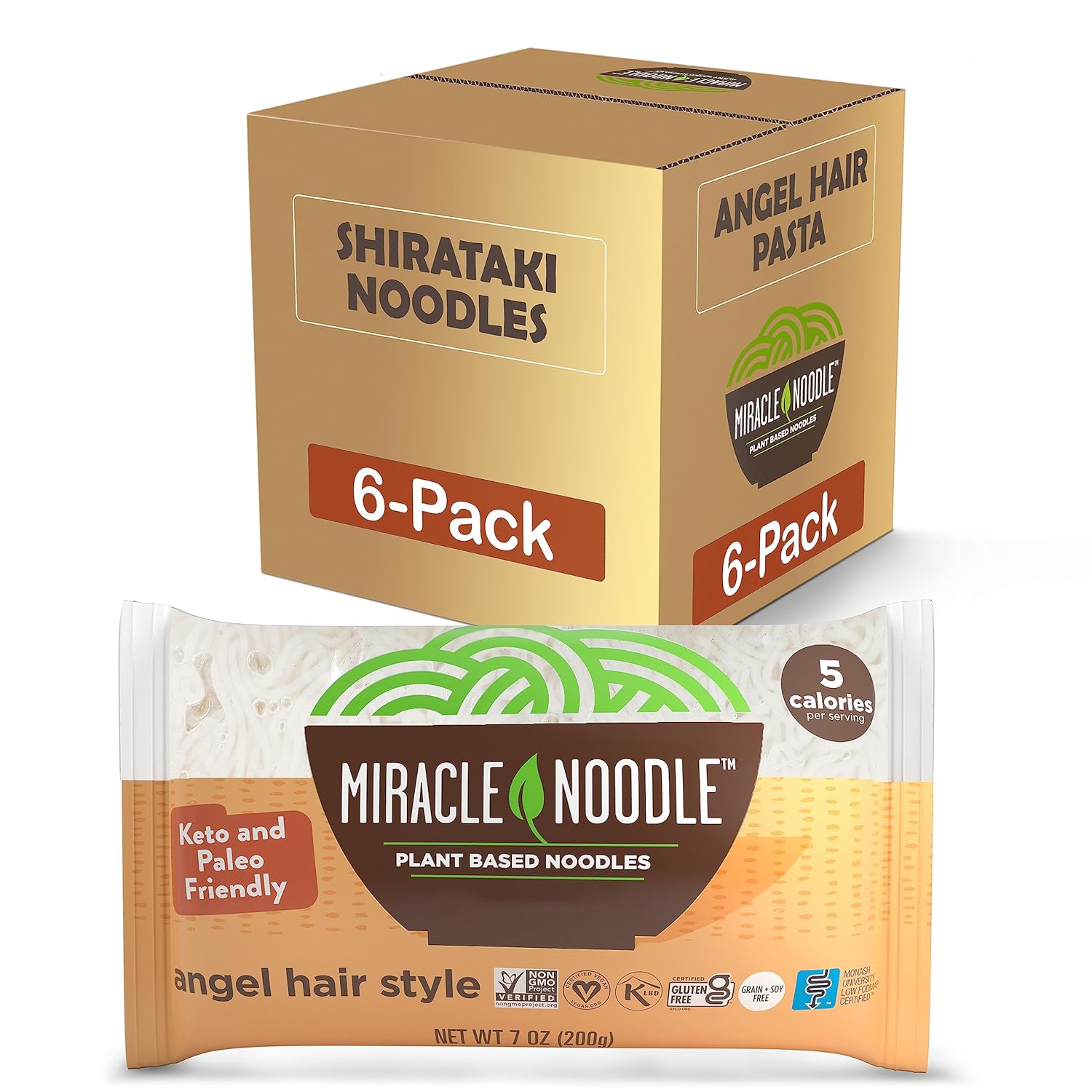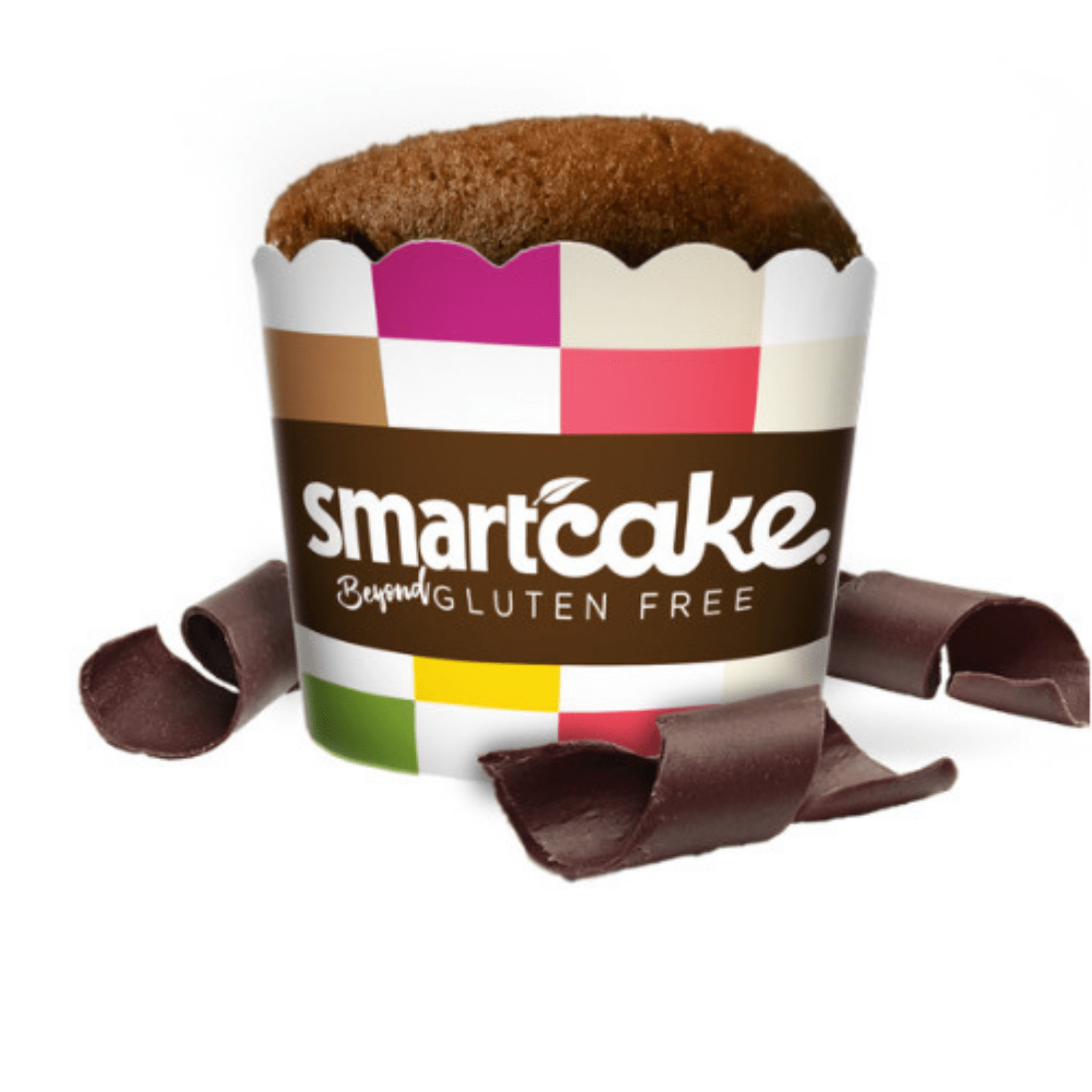Count your lucky stars if you don’t have Celiacs Disease, an autoimmune disorder--meaning, the body attacks itself--that results in the destruction of the tiny finger-like protrusions of the small intestine called villi. The villi, though they are diminutive in size, play a gigantic role in health. They absorb nutrients from food and aid in the delivery of nutrients to the trillions of cells in the body.
People who are diagnosed by a medical doctor with Celiac Disease often have to give up the tastiest treats: crackers, chips, cookies, cakes, pasta and other noodles, and last but not least on the food chain...bread.
On one hand, Celiac Disease may sound like a problem you shouldn’t be concerned about. Only one percent of the U.S. population has it. But considering that millions of people might have Celiac Disease but are not aware of it or have been misdiagnosed with another condition, Celiac Disease should be a concern to everyone; it’s possible that millions more will be diagnosed in the next decade or so.
The only remedy for Celiac Disease is to completely avoid gluten, one of the major proteins naturally found in wheat. Because wheat is heavily processed today and is found in nearly everything, people with Celiac Disease, when consuming gluten, have their immune system go into overdrive, attacking the foreign invader--gluten--and causing severe adverse reactions.
With millions of other people reporting problems (whether real or imagined) when consuming wheat and other products containing gluten--this is called, in general, gluten sensitivity--it’s no wonder that the gluten-free food product industry is nearing the $5 billion mark in annual sales (in the U.S. alone).
If you were given a gallon of sugar and told it’s gluten-free, would you eat it?
Not only do health food stores have a large option of gluten-free (GF) breads, many supermarkets are on the GF bandwagon and carry at least one brand of GF bread.
But, as you’ve no doubt learned in another Miracle Noodle blog, just because it says ‘Gluten Free’ does not mean it’s healthy. Like many brands of breads with gluten that employ deceptive marketing tactics that make you think the bread you’re about to sink your teeth into is healthy, i.e. “100% whole wheat, whole grain, multigrain, 100% natural, etc…, the label ‘gluten-free’ can trick you into thinking it’s a healthy product, too.
But many types of gluten-free breads have as their base flour either potato, rice, tapioca or another high-glycemic flour that will raise your blood sugar just as fast and as high as white flour. These flours are quickly broken down and by the time they reach the small intestine, they have been chemically altered into simple sugars and require your pancreas to release the hormone, insulin, to escort the sugars into the cells.
After repeatedly bombarding your pancreas with insulin secretion, your cells can’t handle any more sugar. Your liver then processes the extra blood sugar and stores it as body fat.
While it’s true that eating fat and protein along with the bread slows down the blood sugar spike, you can only eat so many donuts and bacon (another example of a high-sugar, high-fat combo) before your body becomes overwhelmed.
You wouldn’t stick a piece of digested chewing gum on your bread, would you?
Many gluten-free breads contain binders such as heavily-processed xanthan gum in order for the bread not to fall apart. Many people who have tried GF bread have had the bread implode, making for a messy sandwich. While it’s not the best gustatory experience, having your bread crumble apart before your eyes, a GF bread that does not contain industrial-strength binders like xanthan gum are probably healthier for you.
You also wouldn’t knowingly pour rancid oil on your bread as a spread, right? Many gluten-free breads, though, are cooked/heated in vegetable oil (safflower, Canola, sunflower), which easily spoil when exposed to heat (though it might not look or smell like it has gone rancid).
What is a healthy gluten-free bread, then?
Look for breads that have been sprouted (this means that there are living enzymes in the bread which can aid in digestion). A couple types of gluten-free grains that can be sprouted are millet and buckwheat.
Also, gluten-free breads that have nuts and seeds baked into the bread (preferably with olive oil and not vegetable oil) can also be a healthier option, especially because the nuts and seeds--if not overcooked--can help slow down the rise in blood sugar.
Opt for breads that have a high fiber and low carbohydrate count. Although everybody’s system is different and can thus tolerate different amounts of net carbs (grams of carbohydrates minus grams of fiber), as a rough guide, select a bread that has at least a few grams of fiber and no more than 15 or so grams of carbohydrate per slice.
Coconut flour and almond flour are probably two of the healthiest baking flours to use for gluten-free breads as they have relatively low glycemic indexes.
Do you really need to eat sandwiches for lunch?
Most grains and flours, even if they are gluten-free, are at least partly responsible for the epidemic of highly-preventable chronic disease in western society. Sandwiches have been a staple of lunches all around the modern world for several generations now. But knowing that most breads, even gluten-free ones contribute to dangerous, diabetes-promoting blood sugar levels, is it really worth it to eat a sandwich every day for lunch?
If you can’t live without sandwiches, make sure you choose a low-glycemic, high-fiber gluten-free bread.
And for dinner, take comfort in knowing you can eat all the gluten-free noodles you want thanks to Miracle Noodle.
Speaking of eating lots of noodles…save almost 30%
Share the joys of eating all the noodles you want without the guilt. As incentive, when you share Miracle Noodle on Facebook, Twitter or via email, and your friends click your share link, both you and your friend will receive 13% off your next order. Here’s the link: ?saopen=share …
Save an additional 15% off every order by enrolling in the Miracle Noodle autoship program. Choose which products you want delivered and how often. It’s that simple. Join today!


